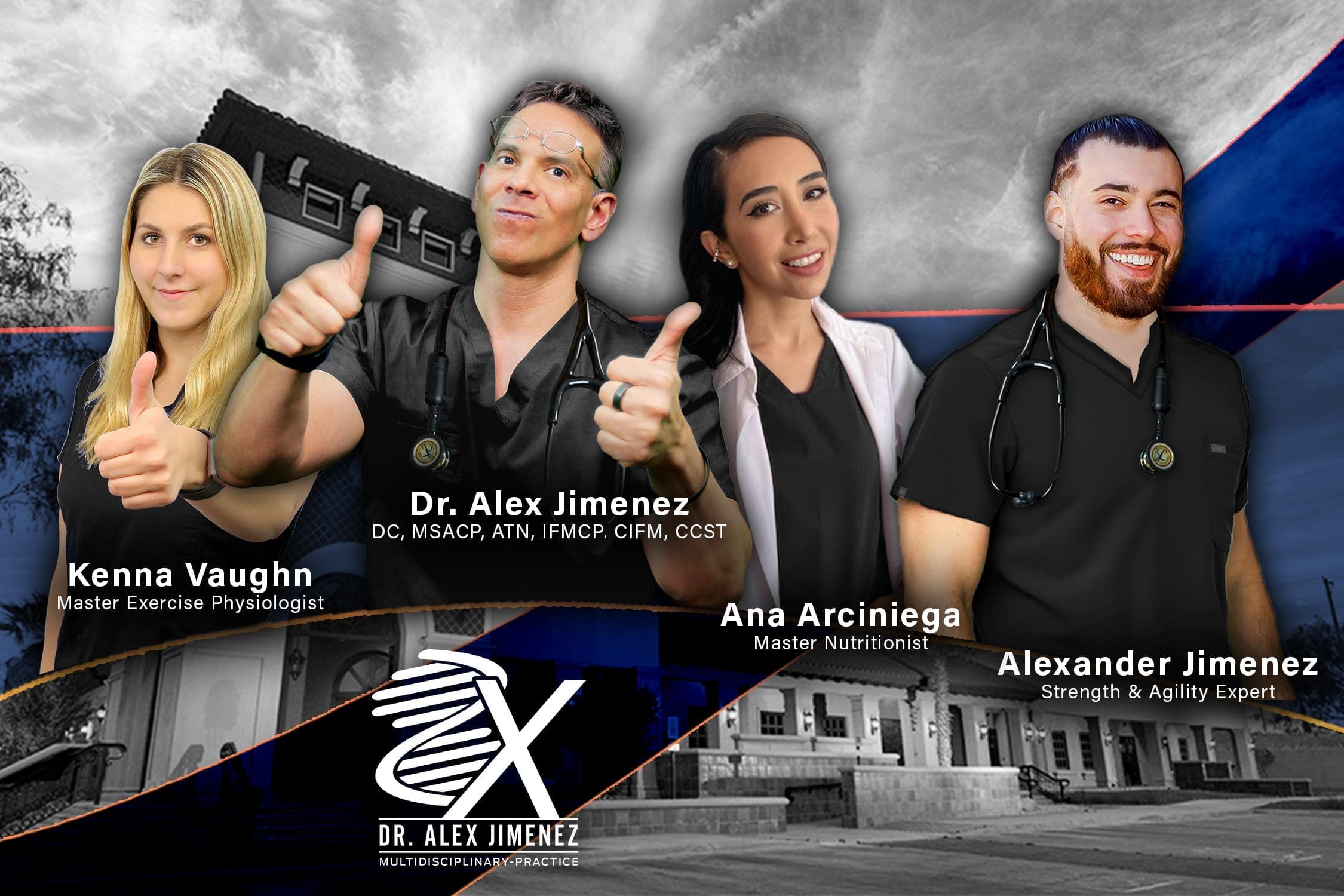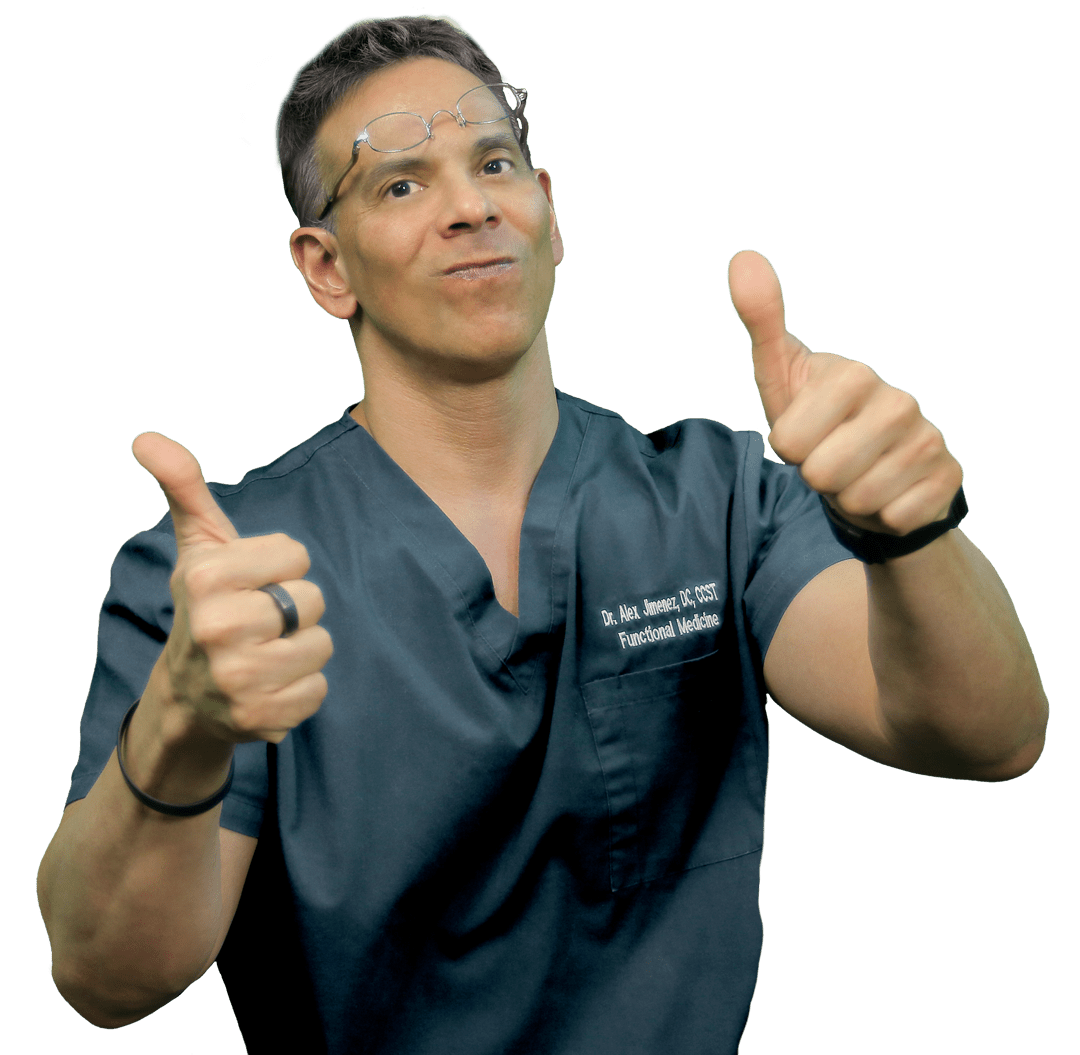Table of Contents
The Science Behind Sports and Car Crash Injuries: A Biomechanical and Chiropractic Recovery Approach

Introduction: The Biomechanics of Trauma
The forces at play in a football tackle and a car collision are more similar than most people realize. Both sports injuries and motor vehicle accidents (MVAs) generate high-impact trauma, often resulting in sprains, fractures, disc herniations, and soft tissue damage. From a biomechanical standpoint, the body reacts to deceleration, twisting, and compression forces in nearly identical ways.
Chiropractic care, especially when informed by advanced diagnostics and functional biomechanics, offers targeted recovery strategies that restore alignment, reduce inflammation, and promote long-term healing. At Chiropractic Scientist, our focus is not just on relieving symptoms—but on understanding and correcting the mechanical dysfunctions that cause them.
National Highway Traffic Safety Administration, n.d.
Impact Trauma and Injury Mechanisms
In both sports and auto accidents, the body is exposed to unnatural loads and force vectors. These can involve:
- Axial loading through the spine
- Lateral flexion and extension injuries to the cervical region
- Rotational torque on knees and shoulders
- Direct blunt force to joints and ribs
A report from the Indiana Department of Health identifies the top injury mechanisms as compression, deceleration, and torsion—precisely the types of biomechanical stress chiropractors assess when creating a care plan.
Understanding these forces helps clinicians apply corrective therapies that realign spinal segments, stabilize joints, and decompress inflamed nerves.
Sprains, Strains, and Myofascial Dysfunction
Soft tissue damage—particularly in the form of sprains (ligament tears) and strains (muscle or tendon injuries)—is a hallmark of both high-contact sports and vehicular trauma. Myofascial adhesions and trigger points frequently develop as a secondary response, limiting range of motion and altering posture.
Clinics such as TheraSport and [The Smith Clinic] report high incidence rates of ankle and shoulder sprains among athletes, while similar patterns are seen in crash victims bracing against steering wheels or dashboards.
Chiropractic myofascial release, active release techniques (ART), and soft tissue mobilization help restore muscle function and reduce compensatory imbalances.
Concussions and Cervicogenic Headaches
Even without direct head trauma, the brain can sustain injury from rapid acceleration and deceleration, as seen in both sports and MVAs. This results in concussions and post-concussive symptoms, often accompanied by cervicogenic headaches due to cervical spine misalignment.
Resources like Visible Body and Skinner Law Firm note that dizziness, visual disturbances, and cognitive slowing are common in both athlete- and crash-related concussions.
Chiropractors trained in upper cervical techniques can relieve mechanical tension in the suboccipital region, which often exacerbates post-traumatic symptoms. Functional neurologic assessments are also essential in evaluating vestibular dysfunctions tied to neck trauma.
Spinal Misalignment and Joint Dysfunction
From a biomechanical lens, joint dysfunction is central to post-trauma recovery. Whether due to a sports collision or a side-impact car crash, spinal subluxations disrupt neural flow, muscular coordination, and postural stability.
As noted in studies like Wright & Marquez, 2011, neck and back injuries are among the most frequent outcomes in non-collision sports or bike injuries—mirroring those seen in auto trauma.
Chiropractic adjustments based on motion palpation, digital posture analysis, and kinetic chain assessment help reestablish spinal alignment and motor control.
Fractures and Orthopedic Injuries
Although fractures are more commonly managed medically, their biomechanical aftermath is well within chiropractic scope—especially once acute healing has begun. Joint disuse, altered gait, and muscle compensation often follow bone injury.
The Advanced Orthopedic Center emphasizes that long-term joint instability or stiffness after fracture healing requires targeted rehabilitation—a process where chiropractic excels through manual mobilization, proprioceptive retraining, and kinetic reconditioning.
Chronic Pain and Neuroinflammation
If improperly addressed, sports or crash injuries can result in neuroinflammation and chronic pain syndromes. These include:
- Cervical or lumbar radiculopathy
- Persistent post-concussion symptoms
- Myofascial pain syndrome
- Sacroiliac joint dysfunction
- Nerve entrapment syndromes
A 2020 study in the Journal of Orthopaedic Research links delayed rehabilitation with increased likelihood of persistent pain, particularly among patients with complex musculoskeletal injuries.
Chiropractic care—especially when integrated with acupuncture, rehabilitation exercises, and patient education—reduces inflammation, improves neurovascular flow, and restores function.
Evidence-Based Chiropractic Recovery Plan
At Chiropractic Scientist, we advocate for a multidisciplinary recovery model rooted in evidence and biomechanical precision. Key components of our approach include:
- Spinal alignment protocols using diversified or Gonstead techniques
- Instrument-assisted soft tissue mobilization (IASTM) for fascial restriction
- Neurologic rehabilitation to address balance, proprioception, and reflex timing
- Advanced diagnostics, including digital posture analysis and thermography
- Collaborative case management with orthopedists and neurologists as needed
This system allows us to track recovery progress objectively and fine-tune treatment based on function—not just pain scores.
Conclusion: Where Science Meets Spinal Healing
Understanding the biomechanical similarities between sports injuries and motor vehicle trauma changes how we approach treatment. By focusing on movement quality, joint alignment, and nervous system regulation, chiropractic professionals provide not just relief—but resolution.
Whether an athlete recovering from a fall or a patient healing after a crash, science-based chiropractic care delivers results grounded in the body’s natural mechanics. It’s not about chasing symptoms—it’s about correcting the underlying dysfunctions and restoring optimal performance.
References
Advanced Orthopaedics. (n.d.). Sports medicine: Treating common high school sports injuries. Advanced Orthopaedics.
Boohoff Law. (n.d.). Common types of injuries in car accidents. Boohoff Law.
Brown Health. (n.d.). Types of sports injuries and how they’re treated. Brown Health.
Dubuque Physical Therapy. (n.d.). Sports injuries. Dubuque Physical Therapy.
Indiana Department of Health. (n.d.). Mechanism of injury. Indiana Department of Health Trauma System.
National Highway Traffic Safety Administration. (n.d.). Biomechanics research. U.S. Department of Transportation.
National Institute of Arthritis and Musculoskeletal and Skin Diseases. (n.d.). Sports injuries. National Institutes of Health.
Skinner Law Firm. (n.d.). Understanding common accident injuries. Skinner Law.
Smith Clinic. (n.d.). [Sports injuries](https://thesmithclinic.com/physical-therapy-clinic-services/sports-injuries/#:~:text=Sprains%20(i.e.%2C%20ankle%20or%20ACL,heading%2C%20falls%2C%20etc.). The Smith Clinic.
Stroud, Flechas & Dalton Law. (n.d.). What are common car accident injuries?. Stroud Law.
TheraSport Physical Therapy. (n.d.). Sports injuries. TheraSport.
Uygur, M., & de Jongh Curry, A. (2020). A systematic review of chronic pain and functional outcomes following traumatic musculoskeletal injury. Journal of Orthopaedic Research, 38(11), 2390–2403.
Visible Body. (n.d.). Common sports injuries 101. Visible Body.
Wright, J., & Marquez, P. (2011). Cycling-related injuries in non-collision incidents. Journal of Emergencies, Trauma, and Shock, 4(4), 443–447.
Post Disclaimer
Professional Scope of Practice *
The information herein on "Chiropractic Treatment for Trauma and Pain Relief" is not intended to replace a one-on-one relationship with a qualified health care professional or licensed physician and is not medical advice. We encourage you to make healthcare decisions based on your research and partnership with a qualified healthcare professional.
Blog Information & Scope Discussions
Welcome to El Paso's Premier Wellness, Personal Injury Care Clinic & Wellness Blog, where Dr. Alex Jimenez, DC, FNP-C, a Multi-State board-certified Family Practice Nurse Practitioner (FNP-BC) and Chiropractor (DC), presents insights on how our multidisciplinary team is dedicated to holistic healing and personalized care. Our practice aligns with evidence-based treatment protocols inspired by integrative medicine principles, similar to those found on this site and our family practice-based chiromed.com site, focusing on restoring health naturally for patients of all ages.
Our areas of multidisciplinary practice include Wellness & Nutrition, Chronic Pain, Personal Injury, Auto Accident Care, Work Injuries, Back Injury, Low Back Pain, Neck Pain, Migraine Headaches, Sports Injuries, Severe Sciatica, Scoliosis, Complex Herniated Discs, Fibromyalgia, Chronic Pain, Complex Injuries, Stress Management, Functional Medicine Treatments, and in-scope care protocols.
Our information scope is multidisciplinary, focusing on musculoskeletal and physical medicine, wellness, contributing etiological viscerosomatic disturbances within clinical presentations, associated somato-visceral reflex clinical dynamics, subluxation complexes, sensitive health issues, and functional medicine articles, topics, and discussions.
We provide and present clinical collaboration with specialists from various disciplines. Each specialist is governed by their professional scope of practice and their jurisdiction of licensure. We use functional health & wellness protocols to treat and support care for musculoskeletal injuries or disorders.
Our videos, posts, topics, and insights address clinical matters and issues that are directly or indirectly related to our clinical scope of practice.
Our office has made a reasonable effort to provide supportive citations and has identified relevant research studies that support our posts. We provide copies of supporting research studies upon request to regulatory boards and the public.
We understand that we cover matters that require an additional explanation of how they may assist in a particular care plan or treatment protocol; therefore, to discuss the subject matter above further, please feel free to ask Dr. Alex Jimenez, DC, APRN, FNP-BC, or contact us at 915-850-0900.
We are here to help you and your family.
Blessings
Dr. Alex Jimenez DC, MSACP, APRN, FNP-BC*, CCST, IFMCP, CFMP, ATN
email: coach@elpasofunctionalmedicine.com
Multidisciplinary Licensing & Board Certifications:
Licensed as a Doctor of Chiropractic (DC) in Texas & New Mexico*
Texas DC License #: TX5807, Verified: TX5807
New Mexico DC License #: NM-DC2182, Verified: NM-DC2182
Multi-State Advanced Practice Registered Nurse (APRN*) in Texas & Multi-States
Multistate Compact APRN License by Endorsement (42 States)
Texas APRN License #: 1191402, Verified: 1191402 *
Florida APRN License #: 11043890, Verified: APRN11043890 *
License Verification Link: Nursys License Verifier
* Prescriptive Authority Authorized
ANCC FNP-BC: Board Certified Nurse Practitioner*
Compact Status: Multi-State License: Authorized to Practice in 40 States*
Graduate with Honors: ICHS: MSN-FNP (Family Nurse Practitioner Program)
Degree Granted. Master's in Family Practice MSN Diploma (Cum Laude)
Dr. Alex Jimenez, DC, APRN, FNP-BC*, CFMP, IFMCP, ATN, CCST
My Digital Business Card
RN: Registered Nurse
APRNP: Advanced Practice Registered Nurse
FNP: Family Practice Specialization
DC: Doctor of Chiropractic
CFMP: Certified Functional Medicine Provider
MSN-FNP: Master of Science in Family Practice Medicine
MSACP: Master of Science in Advanced Clinical Practice
IFMCP: Institute of Functional Medicine
CCST: Certified Chiropractic Spinal Trauma
ATN: Advanced Translational Neutrogenomics





 Again, We Welcome You.
Again, We Welcome You.
Comments are closed.